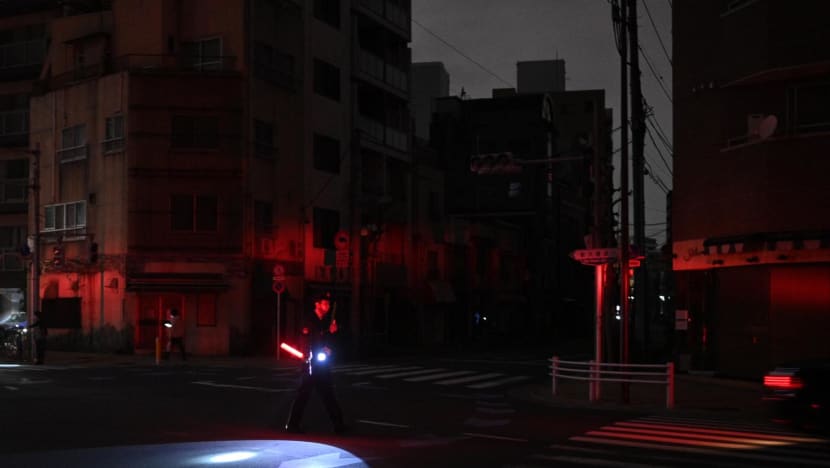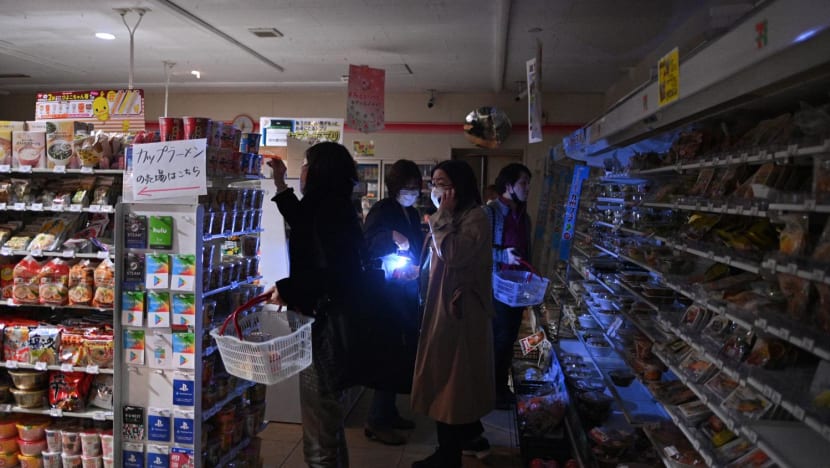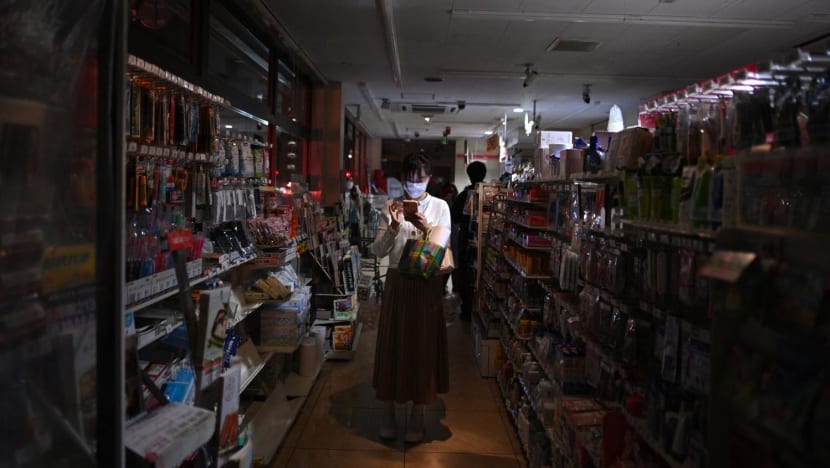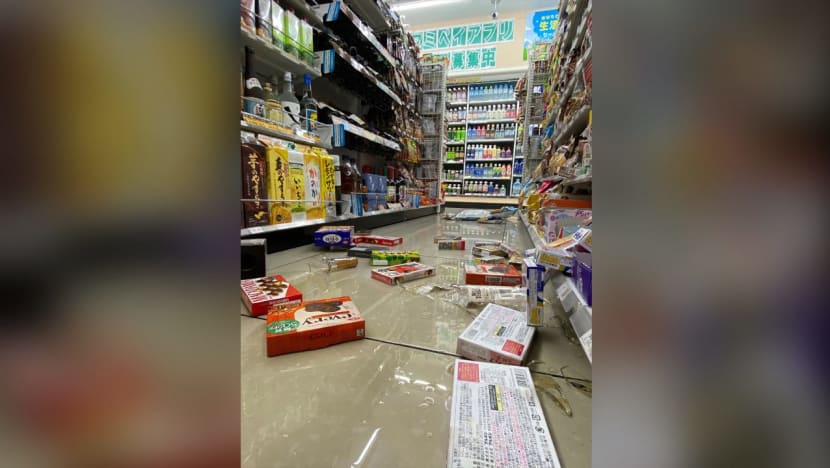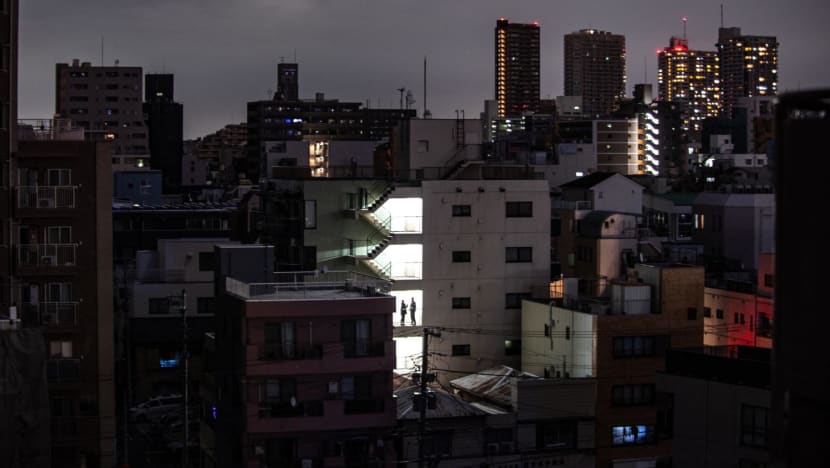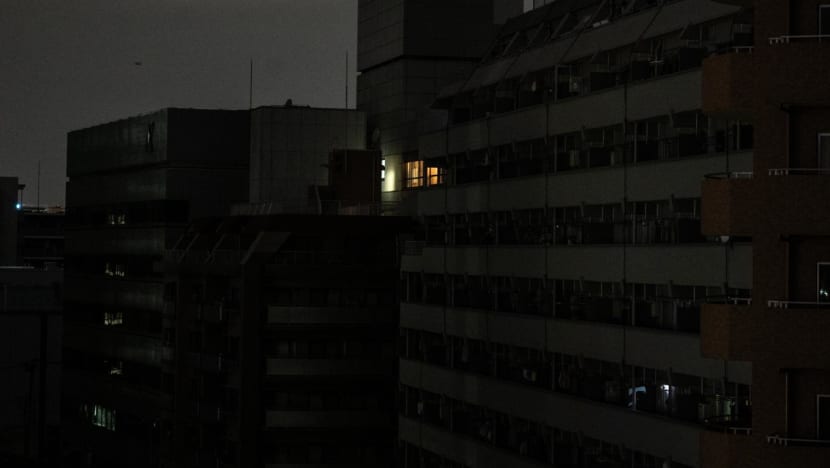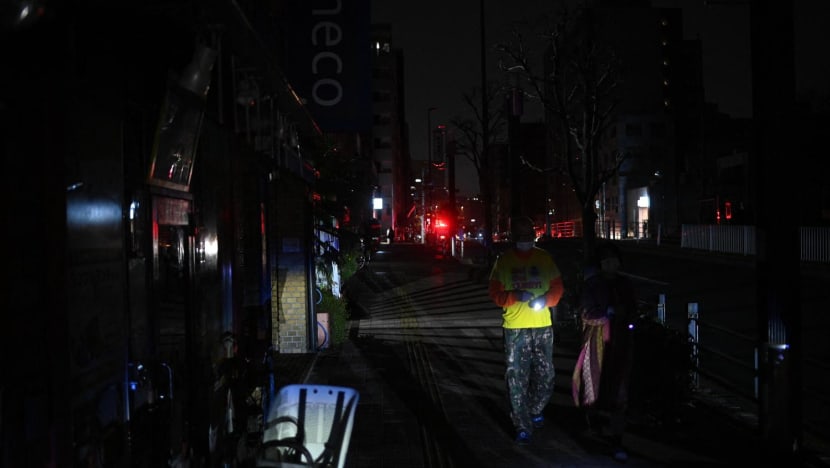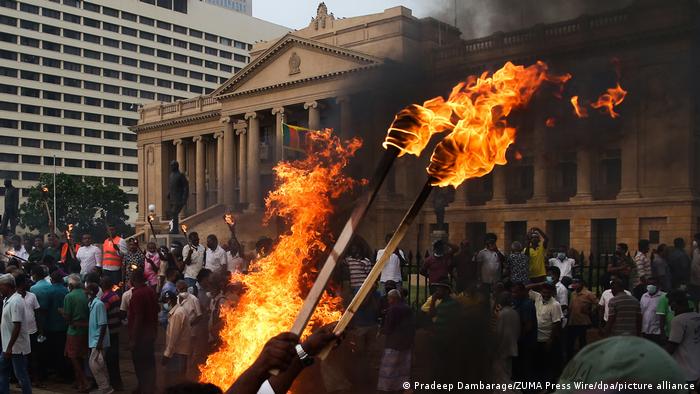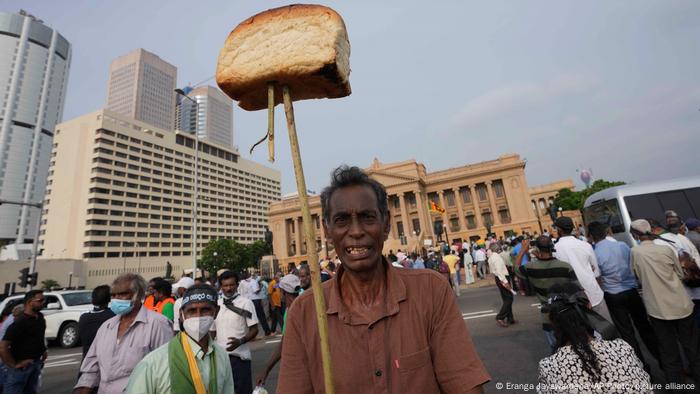By HealthDay News

Ever since routine prostate-specific antigen (PSA) screening tests have no longer been recommended, there has been a troubling rise in advanced prostate cancer cases in the United States, new research has found.
The tests measure the amount of PSA in the blood, and elevated levels can signal the presence of prostate cancer.
Routine PSA screening began in the United States nearly three decades ago, leading to a drop in both advanced prostate cancer cases and prostate cancer deaths. However, routine PSA screenings also increased the risk of overdiagnosis and overtreatment of low-risk prostate cancer.
This prompted the United States Preventive Services Task Force to recommend in 2008 against routine PSA screening for men over 75, and follow that with a 2012 recommendation against such screening for all men. That recommendation was amended again in 2018, to say that men aged 55-69 should discuss PSA screening with their doctors if they desired.
To assess the impact of reduced screening, University of Southern California researchers analyzed data on more than 836,000 U.S. men 45 and older who were diagnosed with invasive prostate cancer from 2004 to 2018.
Of those cases, advanced cancer was reported in more than 26,600 men ages 45 to 74 and in more than 20,500 men 75 and older.
Among men ages 45 to 74, the incidence rate of advanced prostate cancer remained stable from 2004 to 2010, but then increased 41% from 2010 to 2018.
For men 75 and older, the incidence rate decreased from 2004 to 2011, but then increased 43% from 2011 to 2018. In both age groups, the increases were across all races.
The findings were published Monday in the journal JAMA Network Open.
"This study is the first to document a continued rise in metastatic [advanced] prostate cancer using the most up-to-date population dataset," said co-lead study author Dr. Mihir Desai, a professor of clinical urology at USC's Keck School of Medicine.
"The discovery has important ramifications for men because prostate cancer, when caught early, typically through a screening, is very treatable and often curable," Desai added in a university news release.
"This data is very important as it indicates the need to constantly reassess the impact of policy decisions," co-lead study author Dr. Giovanni Cacciamani, an assistant professor of research urology and radiology at Keck. "Otherwise, we may see a continued rise in metastatic prostate cancer."
The reasons for halting routine PSA screenings may now be outdated, the researchers noted.
Co-author Dr. Inderbir Gill, chair of the urology department and executive director of the USC Institute of Urology, pointed out that urologic centers are finding new ways to improve patient outcomes.
"More refined strategies, including biomarkers and magnetic resonance imaging [MRIs], have already increased detection of clinically significant cancers, while active surveillance is increasingly used for low-risk and favorable intermediate-risk disease, thus mitigating the risks of overtreatment," Gill said in the release.
More information
There's more on prostate cancer screening at the U.S. National Cancer Institute.
Copyright © 2021 HealthDay. All rights reserved.






